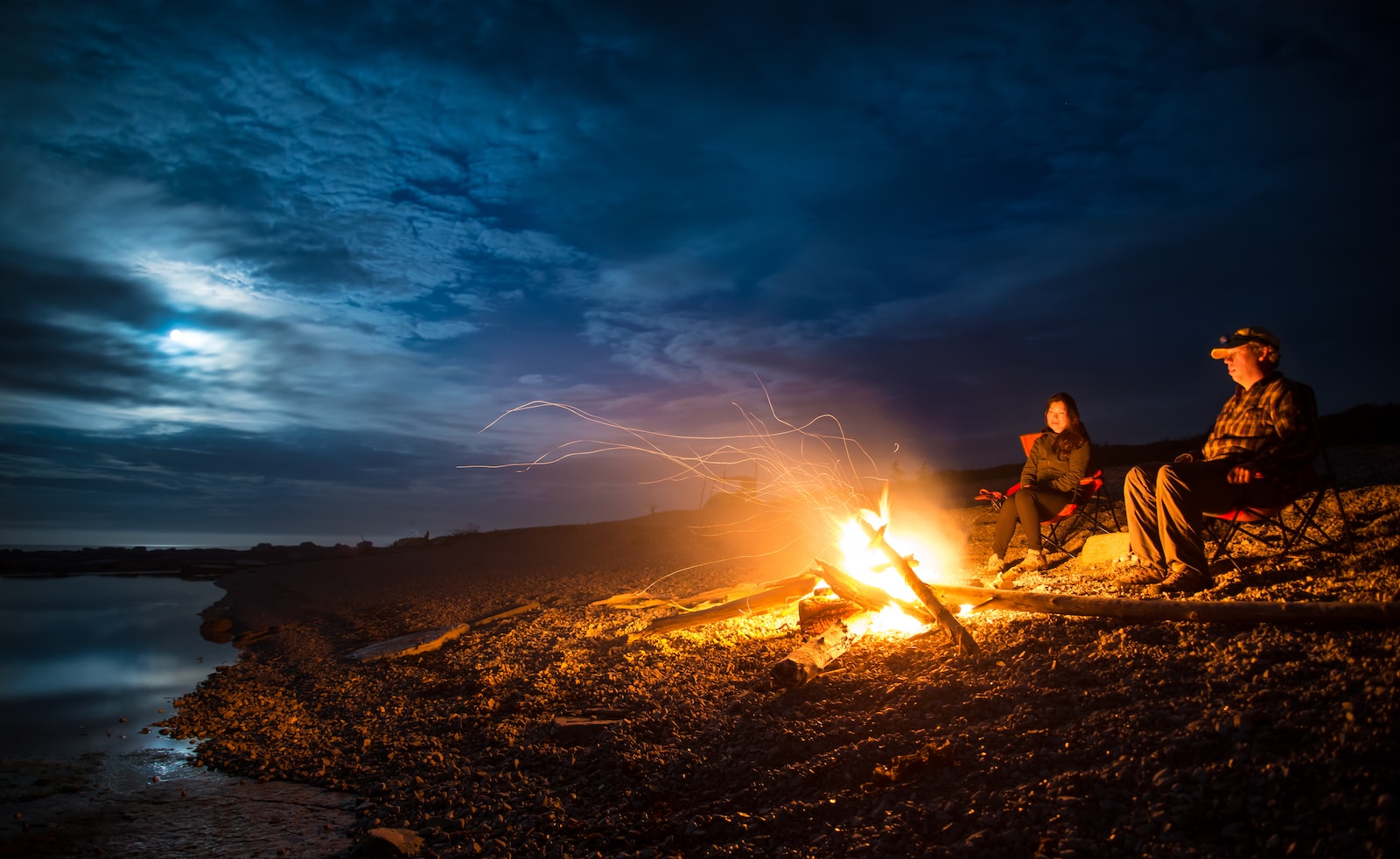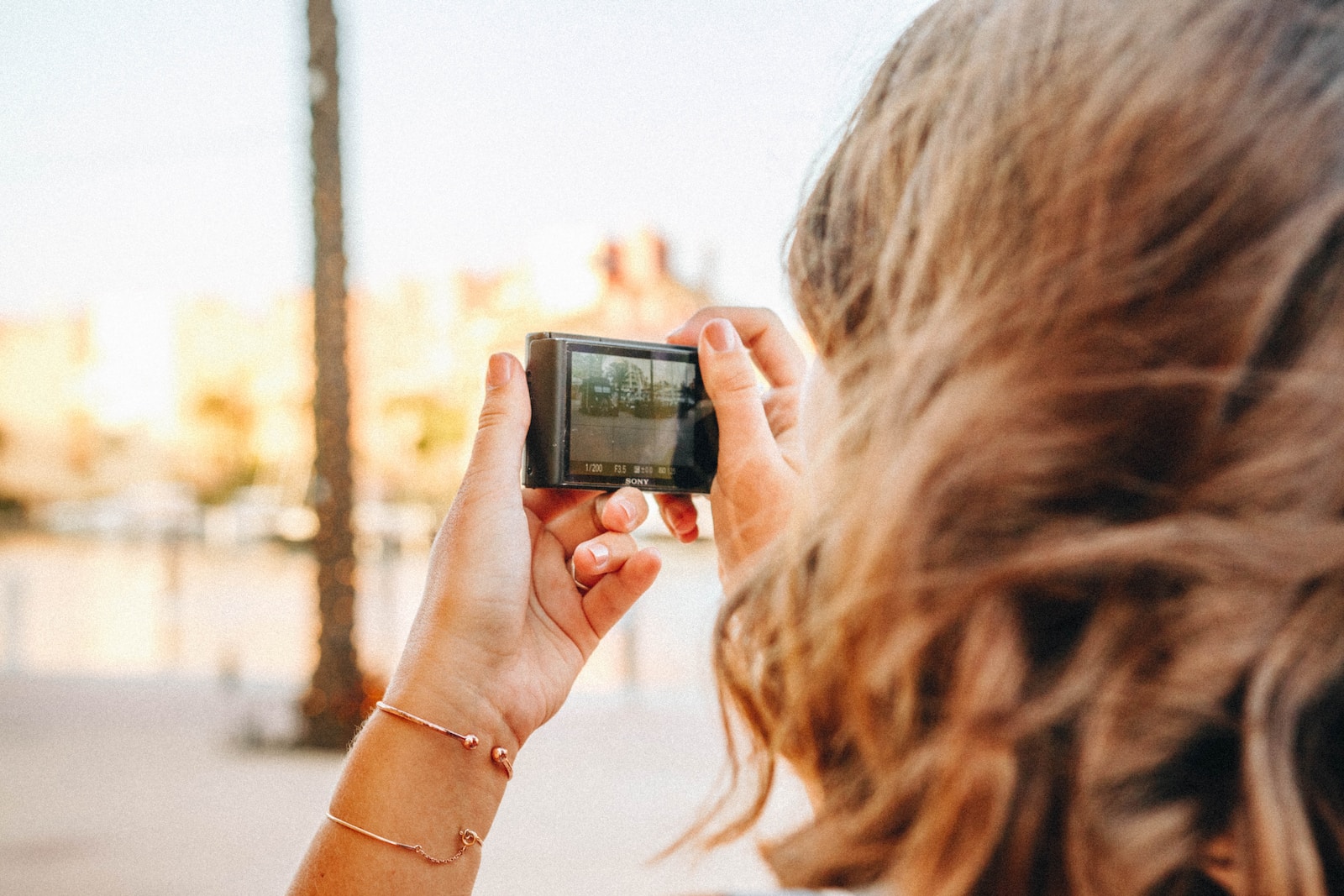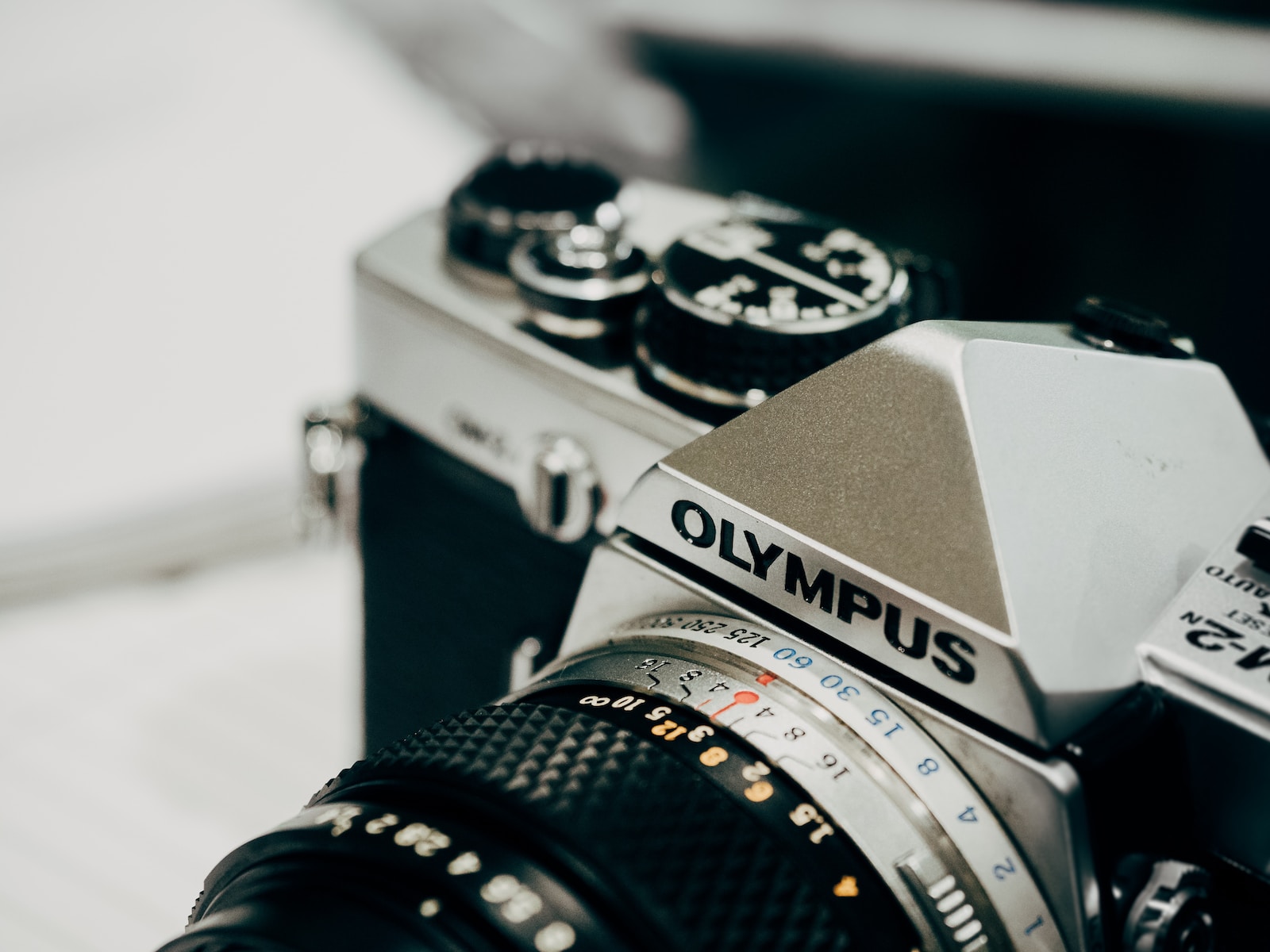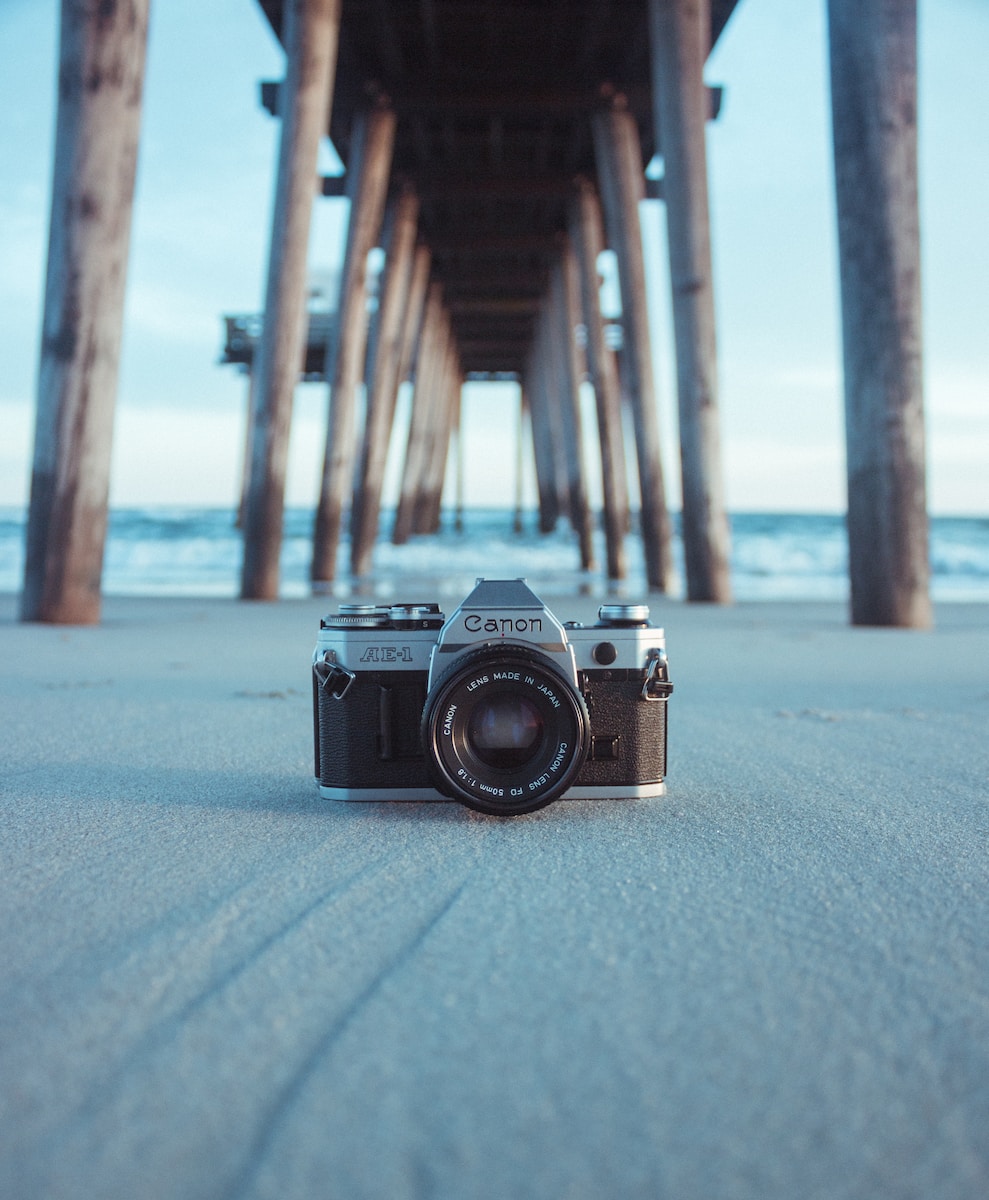Welcome to our blog on smoke hazards and camera cleaning post-fire exposure. If you’ve ever experienced a fire or have been around a smokey environment, you may be wondering how to properly clean your camera and equipment. In this guide, we will provide you with essential tips and techniques to ensure your camera remains in top condition. From understanding the potential damage caused by smoke exposure to step-by-step cleaning instructions, we’ve got you covered.
Table of Contents
- The Dangers of Smoke Exposure
- A How-to Guide: Cleaning Cameras Post-Fire Exposure
- Frequently Asked Questions
- 1. How does smoke exposure affect cameras?
- 2. What should I do if my camera has been exposed to smoke?
- 3. Can I clean my camera using household cleaning products?
- 4. How should I clean the camera lens?
- 5. Are there any specific cleaning tips for camera sensors?
- 6. How often should I clean my camera?
- 7. Can I prevent smoke damage to my camera?
- 8. Should I consult a professional for camera cleaning after fire exposure?
- Wrap Up
The Dangers of Smoke Exposure
When a camera is exposed to smoke, whether from a fire or a smoky environment, it can result in serious damage. Smoke particles are surprisingly small, allowing them to penetrate even the tiniest crevices of your camera and lenses. These particles can settle on delicate components such as the image sensor, lens elements, and camera internals, causing irreversible damage. The longer the exposure and the denser the smoke, the higher the risk of severe damage.
Recognizing Smoke Damage
Before diving into the cleaning process, it’s crucial to identify the possible signs of smoke damage. Look for smudges or spots on your lens elements, hazy or discolored images, and unusual sensor artifacts. If you notice any of these issues after smoke exposure, it’s time to take action and give your camera the proper care it needs.
Gather the Essential Cleaning Tools
Before starting the cleaning process, make sure you have the necessary tools at hand. Some of the essentials include a blower brush, microfiber cloth, lens cleaning solution, lens tissue, sensor cleaning swabs, and an air blower. These tools will help you effectively remove smoke residue and restore your camera’s functionality.
External Cleaning: Removing Smoke Residue
To begin cleaning your camera, carefully remove any external debris from the body. Use a blower brush to gently blow away loose particles. Next, take a microfiber cloth and dampen it with lens cleaning solution. Wipe down the camera body, paying close attention to buttons, dials, and seams where smoke residue may have settled.
Cleaning Your Lenses
Lens elements often bear the brunt of smoke exposure. Start by using a blower brush to remove loose debris. Then, apply a few drops of lens cleaning solution to a lens tissue and gently wipe each element in a circular motion. Repeat this process as needed until the lenses are clear of smoke residue.
Addressing the Image Sensor
Your camera’s image sensor is one of the most sensitive areas affected by smoke exposure. To clean it safely, begin by setting your camera to sensor cleaning mode (refer to your camera’s manual for instructions). Once in cleaning mode, use a sensor cleaning swab soaked in appropriate cleaning fluid to gently swipe across the sensor surface. Repeat this process if necessary, ensuring not to press too hard.
Did you know that smoke damage isn't solely caused by heat or visible soot? Smoke particles contain harmful chemicals that can corrode electronic components and affect the overall performance of your camera.
Additional Considerations
Aside from cleaning your camera body, lenses, and image sensor, there are a few additional considerations to keep in mind. Keep your camera equipment stored in a clean and smoke-free environment, use lens caps and camera body caps to minimize exposure, and avoid extreme temperature changes that may cause further damage.
When to Seek Professional Help
In some cases, smoke damage may be too severe or complex to handle at home. If you’re unsure or uncomfortable with the cleaning process, it’s best to seek professional help. Camera technicians specialized in smoke damage restoration can ensure proper cleaning and minimize potential risks.
With this comprehensive guide, you now have the necessary knowledge to clean your camera and equipment post-fire exposure. Remember, taking immediate action is crucial to prevent permanent damage. By understanding the dangers of smoke exposure, gathering the essential cleaning tools, and following the step-by-step techniques outlined, you can restore your camera to its former glory and continue capturing memories for years to come.
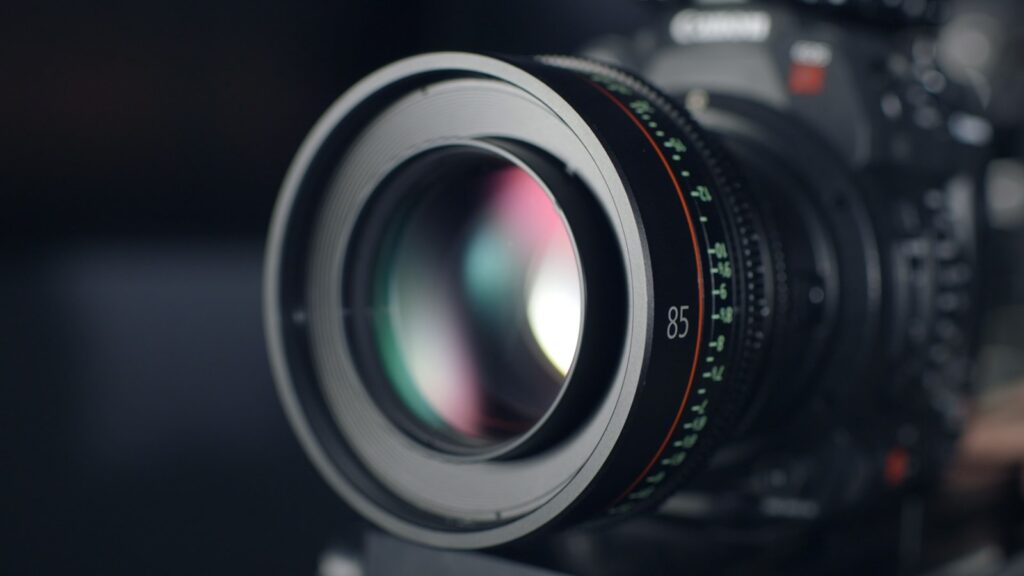
A How-to Guide: Cleaning Cameras Post-Fire Exposure
When it comes to photography, the safety and maintenance of your equipment are paramount. Unfortunately, accidents and unforeseen events can happen, such as exposure to smoke and fire elements. In this guide, we will provide step-by-step instructions on how to clean your camera and equipment after being exposed to smoke or fire damage.
Step 1: Assess the Damage
The first step in cleaning your camera post-fire exposure is to carefully assess the extent of the damage. Look for any signs of smoke residue, soot, or discoloration on the surface of your camera body, lenses, and other accessories. Inspect the buttons, dials, and crevices for any debris that may have settled inside.
If the damage appears minimal and limited to the external parts of your camera, you can proceed to clean it yourself. However, if the damage seems severe or extends to the internal components, it is advisable to seek professional assistance.
Step 2: Remove Dust and Debris
Before cleaning your camera, it is important to remove any loose dust and debris. Start by using a soft brush, preferably one specifically designed for cleaning cameras, to gently brush away any visible particles on the surface. Take care not to press too hard as this could scratch delicate surfaces.
Next, use a blower to remove any remaining dust from hard-to-reach areas such as the viewfinder, lens mount, and battery compartment. The airflow from the blower will help dislodge stubborn debris without causing any damage.
Step 3: Cleaning the Exterior
For the external surfaces of your camera, prepare a mixture of mild soap and lukewarm water. Dampen a microfiber cloth or sponge with the solution and gently wipe down the camera body, taking care to clean all areas thoroughly. Avoid getting any liquid inside the camera, as this can cause further damage.
Pay close attention to the buttons, dials, and crevices, as these are areas where residue can accumulate. Use a cotton swab dipped in the soapy water to clean these intricate parts. Rinse the cloth or sponge and wring it out thoroughly before making a final pass to remove any soap residue.
Step 4: Cleaning the Lens
The camera lens is a critical component that requires special attention. Start by using a blower to remove any loose dust particles. Next, apply a few drops of lens cleaning solution to a microfiber cleaning cloth and gently wipe the lens surface in a circular motion. Avoid using excessive pressure, as this can scratch the lens coating.
If there are stubborn smudges or fingerprints on the lens, use a lens cleaning pen or a clean cotton swab soaked in lens cleaning solution to gently remove them. Finally, use a dry microfiber cloth to wipe away any remaining residue.
Step 5: Caring for Accessories
Don’t forget to clean other camera accessories such as memory cards, batteries, and camera bags. Wipe the exterior surfaces of these items with a clean microfiber cloth to remove any dust or residue.
If your camera bag has been exposed to smoke, it is advisable to air it out in a well-ventilated area or use a fabric freshener to eliminate any odors that may have absorbed during the fire.
Remember to test your memory cards and batteries for functionality after cleaning to ensure they have not been affected by the exposure.
Step 6: Final Inspection
Once you have completed the cleaning process, allow all components to dry thoroughly in a clean and dust-free environment. Afterward, perform a final inspection to ensure there is no residue or debris left on your camera or its accessories.
Inspect your camera for any signs of damage or malfunction that may have occurred during the exposure. If you notice any issues, it is recommended to have your camera professionally serviced.
By following these steps and taking thorough care of your camera and equipment, you can minimize the potential risks and damages caused by smoke or fire exposure. Remember to clean your camera regularly, even without exposure to such elements, to maintain its optimal performance and longevity.
Frequently Asked Questions
1. How does smoke exposure affect cameras?
Smoke exposure can cause serious damage to cameras and equipment. The acidic nature of smoke particles can corrode delicate camera components, leading to malfunctions and reduced performance.
2. What should I do if my camera has been exposed to smoke?
If your camera has been exposed to smoke, it is important to take immediate action to prevent further damage. Remove the battery and memory card, and gently brush off any visible soot or debris using a soft brush or cloth. Avoid using any cleaning solutions at this stage.
3. Can I clean my camera using household cleaning products?
No, it is best to avoid using household cleaning products on your camera. These products may contain harsh chemicals that can further damage your camera. It is recommended to use specialized camera cleaning solutions and tools instead.
4. How should I clean the camera lens?
To clean the camera lens, start by using a blower brush to remove any loose particles. Then, use a lens cleaning solution and a clean microfiber cloth to gently wipe the lens in a circular motion. Avoid pressing too hard to prevent scratching the lens surface.
5. Are there any specific cleaning tips for camera sensors?
Cleaning camera sensors requires extra caution as they are delicate and easily damaged. It is advisable to use a sensor cleaning kit specifically designed for your camera model. Follow the instructions carefully and consider seeking professional assistance if you are unsure.
6. How often should I clean my camera?
Regular camera cleaning is essential to maintain optimal performance. It is recommended to clean your camera and equipment after every use and to deep clean it at least once every few months. However, if your camera has been exposed to smoke or fire, immediate cleaning is necessary.
7. Can I prevent smoke damage to my camera?
While it is impossible to guarantee complete prevention, there are measures you can take to minimize smoke damage. Store your camera and equipment in a sealed bag or case when not in use, and avoid exposing them to smoke-filled environments whenever possible.
8. Should I consult a professional for camera cleaning after fire exposure?
If you are uncertain about cleaning your camera after fire exposure, it is always best to consult a professional camera technician. They have the expertise and specialized equipment to safely clean and restore your camera to its optimal condition.
Wrap Up
Smoke hazards from fire exposures can cause significant damage to cameras and equipment. It is essential to act promptly and follow the right cleaning techniques to prevent further damage. By using a combination of gentle cleaning tools and solutions, you can effectively remove smoke residue and restore your camera’s functionality and image quality. Remember to be cautious and avoid applying excessive force while cleaning. If you have any further questions or additional tips to share, we encourage you to leave a comment below. Let’s help each other in preserving our precious cameras and capturing beautiful moments!
